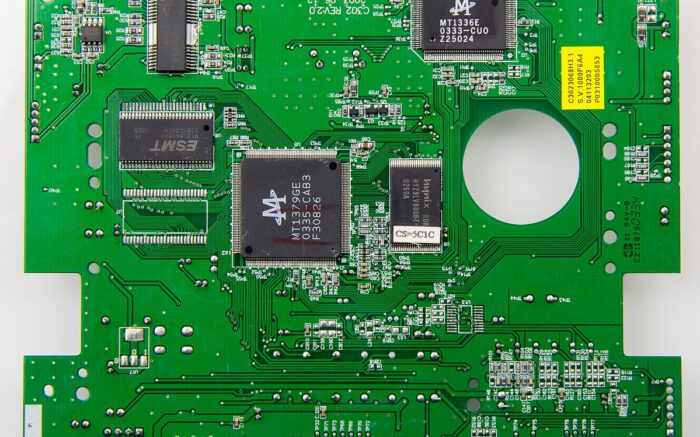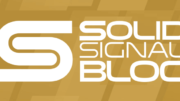Circuit boards are green. Most of them are, anyway. You’ll find a few that are funny other colors, and the truth is that if you wanted, you could have a circuit board that was any color you wanted. You could even have a rainbow colored one. I’m not sure why you would, but you could.
A little bit about printed circuit boards
The printed circuit board is the unsung hero of electronics. A lot of the credit for our modern world goes to the computer chip, and it’s true nothing would be possible without it. Without advanced semiconductors, a device with same capabilities as a cell phone would take up a city block. It probably wouldn’t work for more than a few minutes without something needing to be adjusted. We take for granted the amazing achievements that computers can do today.
Without the modern printed circuit board, the amazingly tiny things that we have today wouldn’t work at all. Rather than connect components with wires, we’re able to attach the connection points to the board itself. While the original circuit boards only had one set of traces (that’s what the printed connections are called), modern boards can several of layers, each with its own circuit trace. Attaching components precisely lets them connect to the right trace, and everything works.
Getting back to the green part
The first circuit boards were a sort of medium tan. I remember seeing them when I was a boy. At some point, and I want to say this was in the 1970s, green became the go-to color. I’ve done some research and found two of the most likely reasons this happened.
1. Insulation
Having multiple layers of circuitry means that you need insulation between each layer. The original circuit boards were fairly simple affairs. They just needed to provide a non-conductive backing for the circuit traces. However, as circuit boards changed to accommodate more than one layer, they needed to insulate those layers. The thinnest and best insulation is glass. It’s strong and light and a great insulator.
Glass is naturally a little bit green, which you can see if you look at older soda bottles and such. Today’s glass has extra things in it to try to make it as clear and colorless as possible. Those additives aren’t needed in a circuit board.
That coating of glass certainly gave the circuit board a greenish hue, but it’s not the only reason that the boards are the bright green they are today.
2. Humans need the contrast
Circuit board manufacturing isn’t easy. Things don’t always work, and in the early days every board was inspected by real humans. Today it’s probably done by robots, ten times faster and 100 times better.
At any rate, it’s a lot easier to see a broken circuit trace on a brightly colored background than it is on a dull one. Coloring the boards green makes it easy to check their quality. Green is a great color for this because the human eye is fairly sensitive to it. Humans also get fatigue from too much red, and their ability to see blue fades as you are exposed to more and more of it. So green is really perfect in that regard.
OK, it’s not just me
Well folks, I did all that research. I checked all my info. And it turns out, a YouTuber beat me to it.
At least we agree on the reasons.





